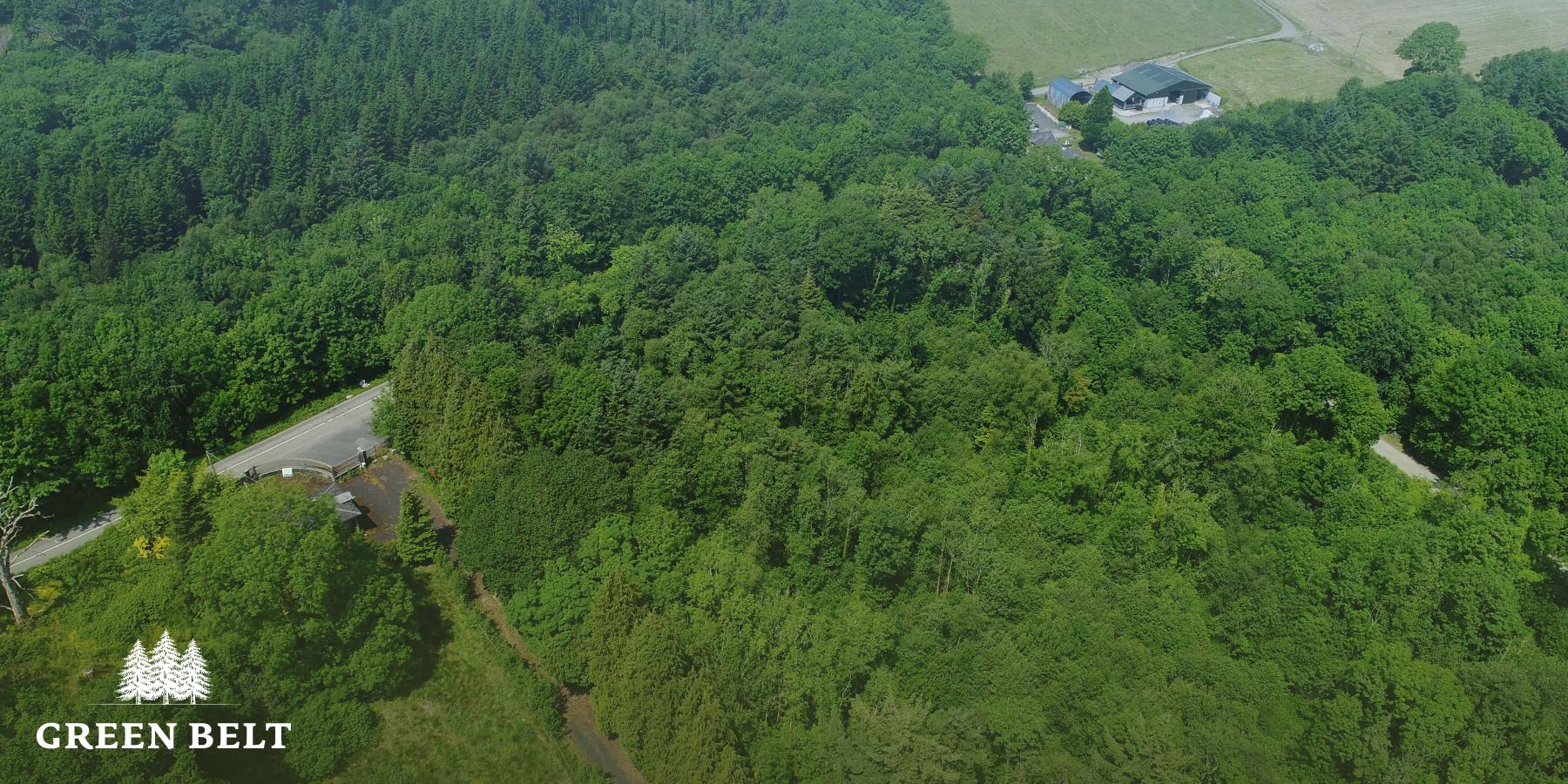
Site Preparation
Once the objectives of the new forest have been considered and species to be planted selected, it is time to begin the practical side of the site development.
The first activity is the removal of any unwanted scrub such as furze or brambles to keep the area of unplantable land to a minimum. This is usually carried out by a tracked excavator with a grading bucket.
Many sites, especially those on peaty soils, require a fire-belt of 6 meters in width to be established around the boundary of the site. An excavator is used to remove all the vegetation from this area. The fire-belt will prevent slow creeping ground fires from spreading into the plantation and will also permit easy access to aid the fighting of fires. It is important that these fire-belts are kept clear of vegetation at all times.
Ground Preparation
Most sites require some sort of ground preparation, which will increase the survival rate of the planted trees, and improve the drainage on the site. The three most common types of ground preparation are:
Mounding is the most common form of ground preparation. An excavator with a mounding bucket digs drains, at 6, 8 or 12m intervals, and places the spoil in mounds at the relevant spacing for the intended species. Mounding enables the site to be intensively drained and provides the newly planted tree with an excellent growing environment.
Ripping is commonly used on sites where there is an iron pan present or on soils which are free draining but have become compacted or poached. A ripper is attached to a tractor and is pulled over the site in straight lines 2m apart. The ripper cuts through the grass and breaks up the soil to a depth of about 60cm.
Ploughing turns over a ribbon of sod and soil using an agricultural plough pulled by a tractor over the site at 2m intervals,. The trees are the planted into the raised ribbon of soil, which provides an area of localised drainage and a weed free environment.